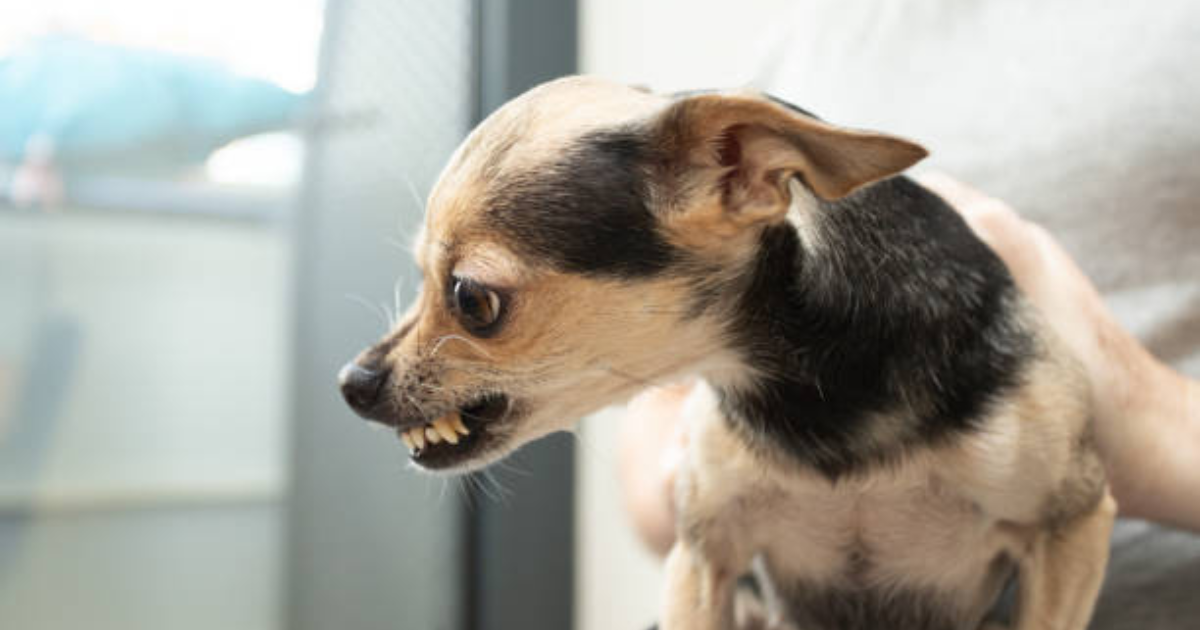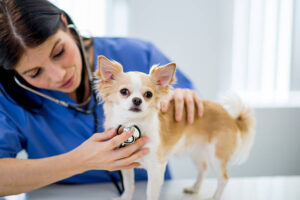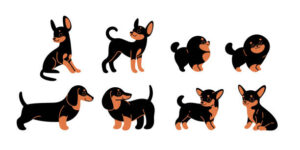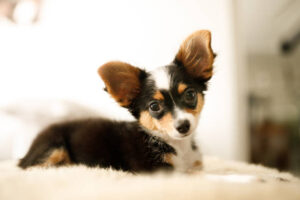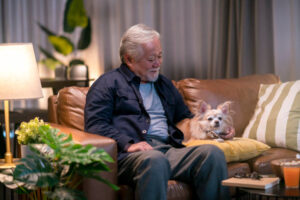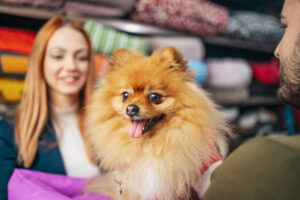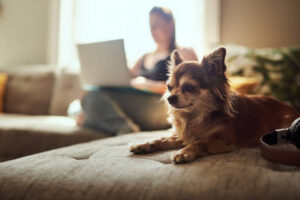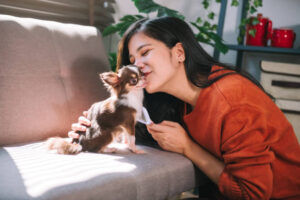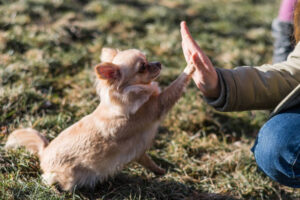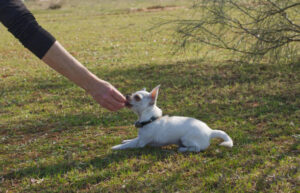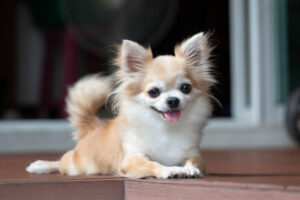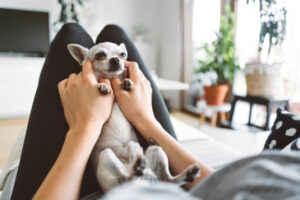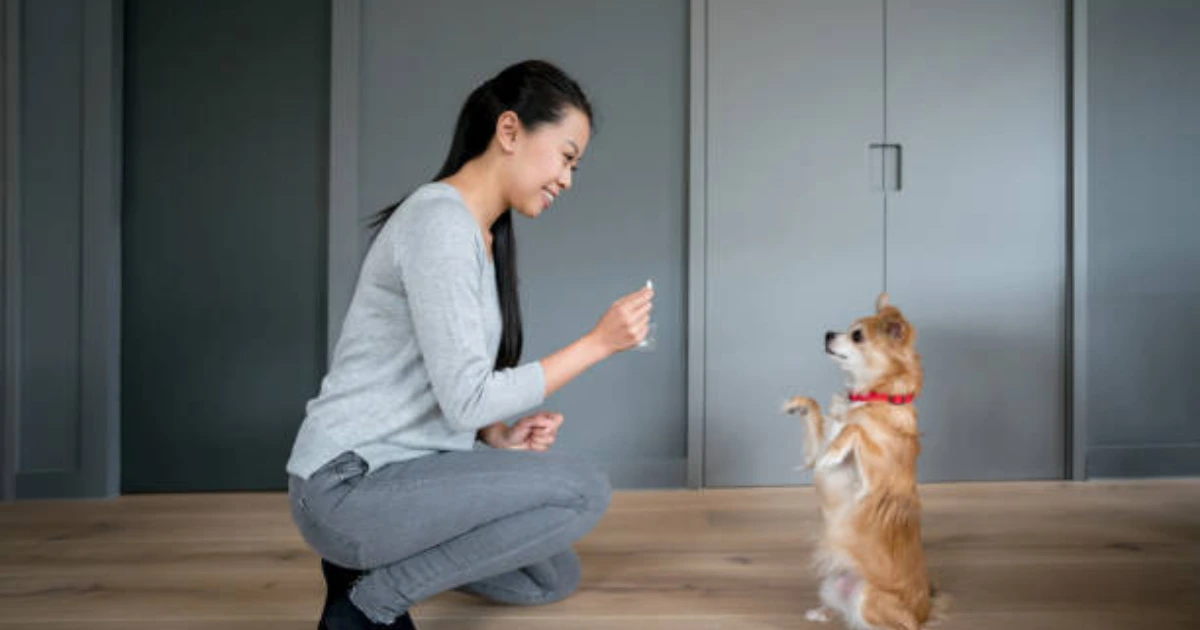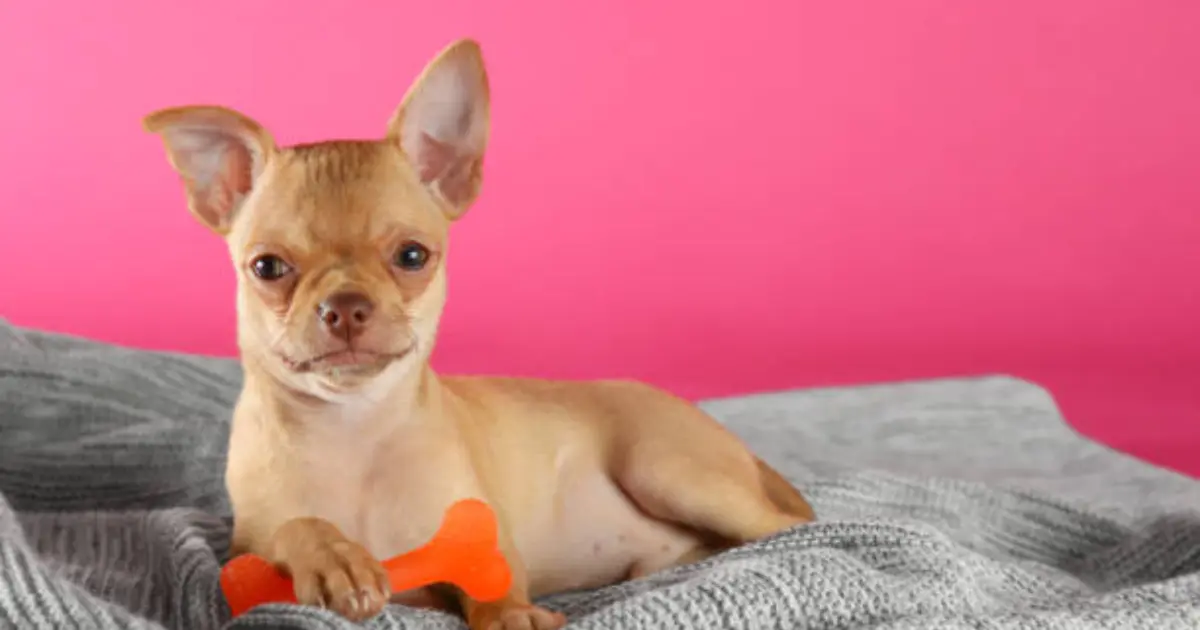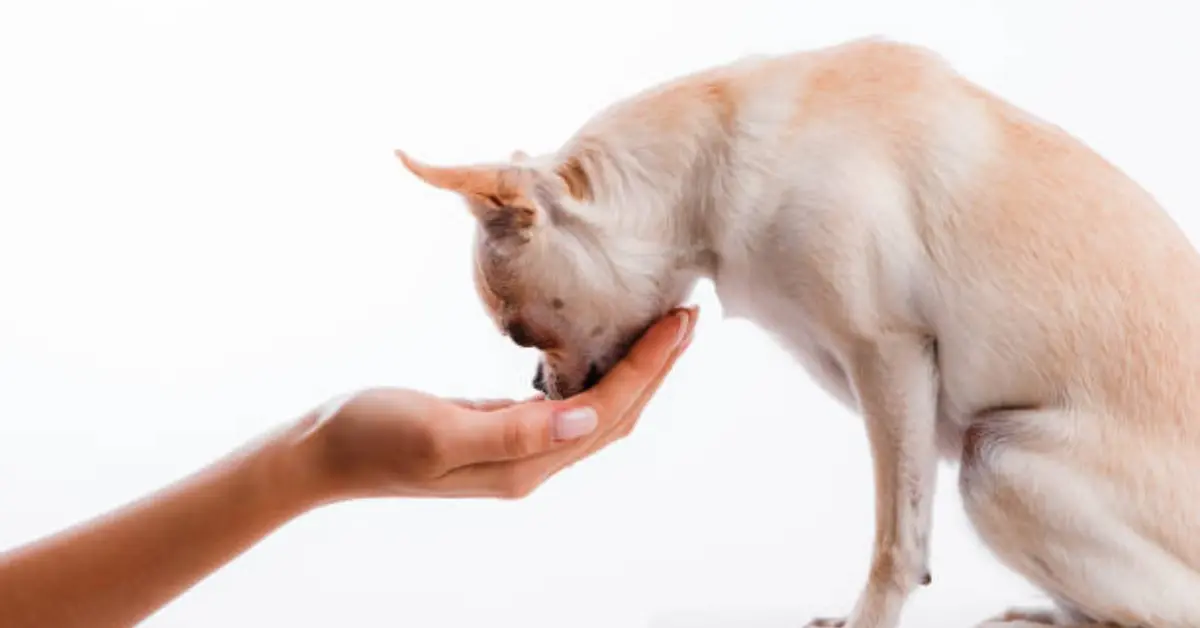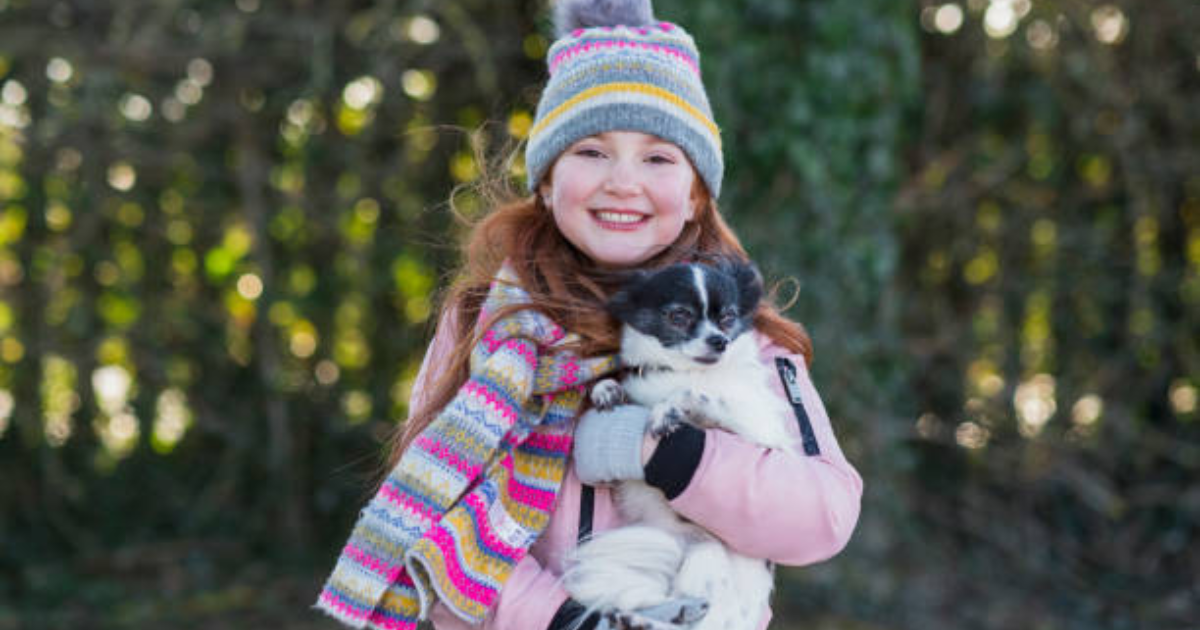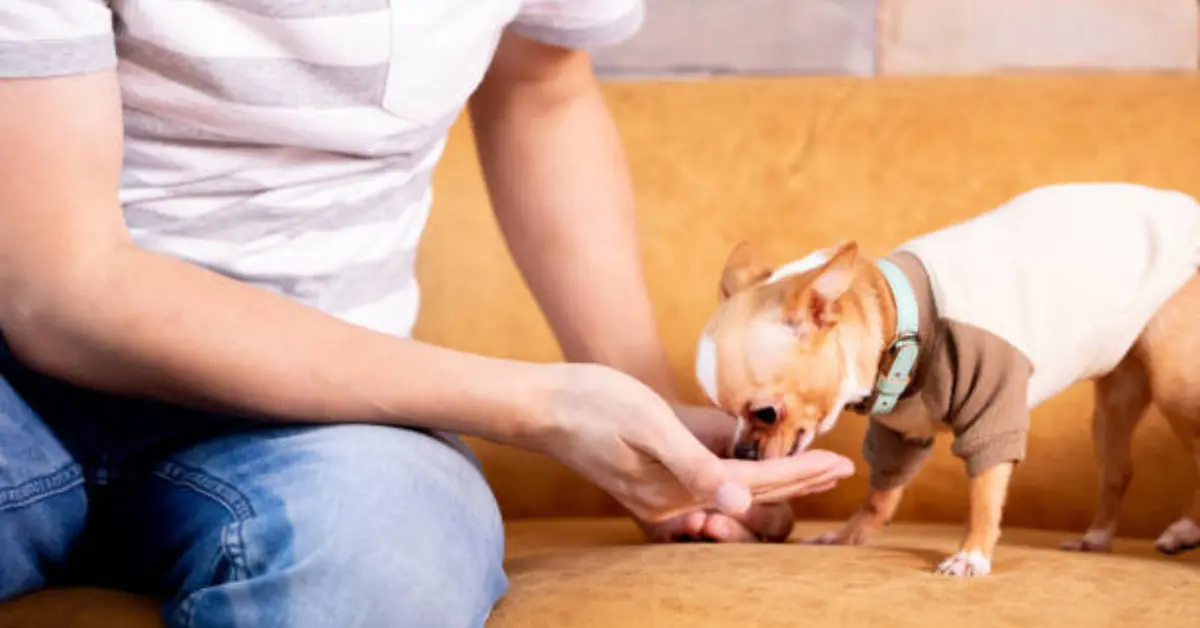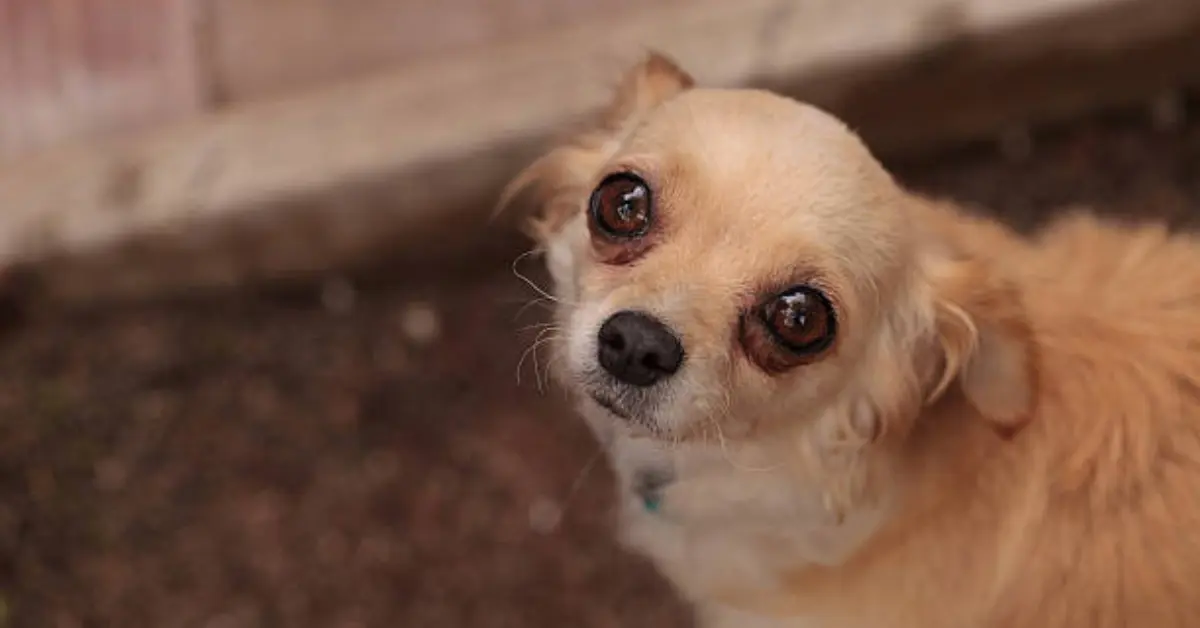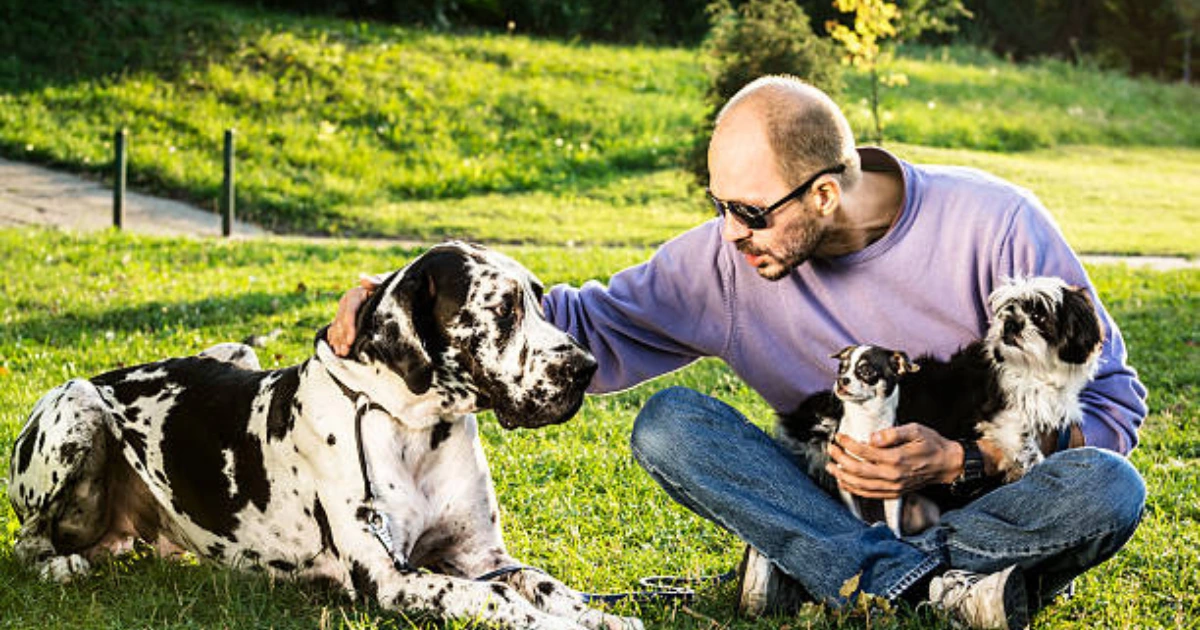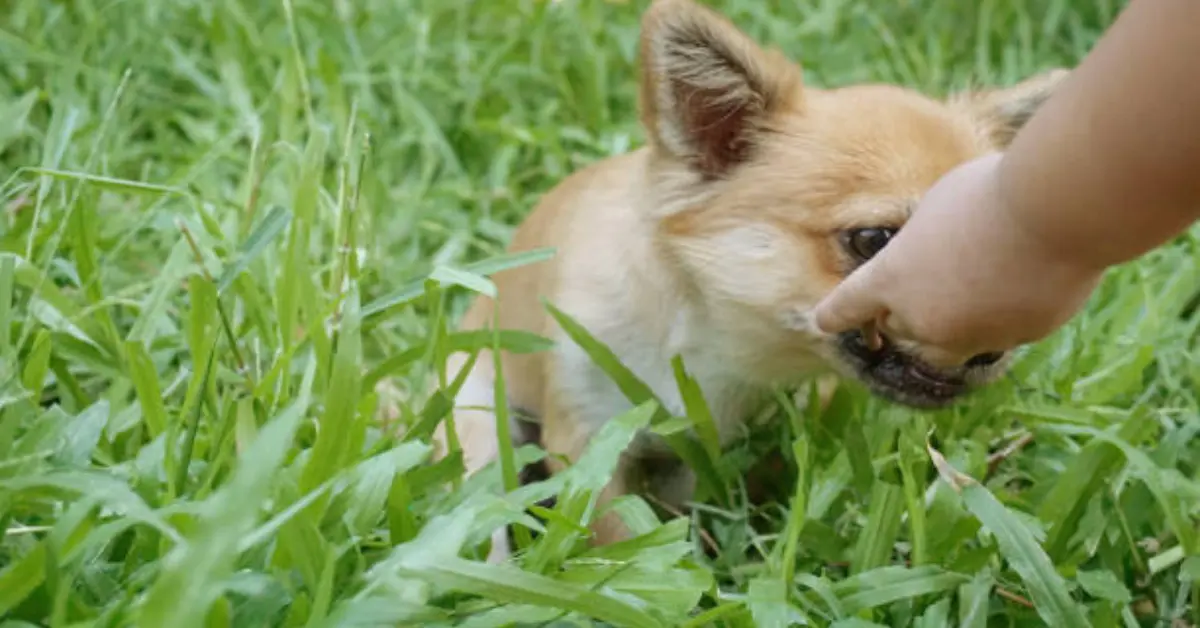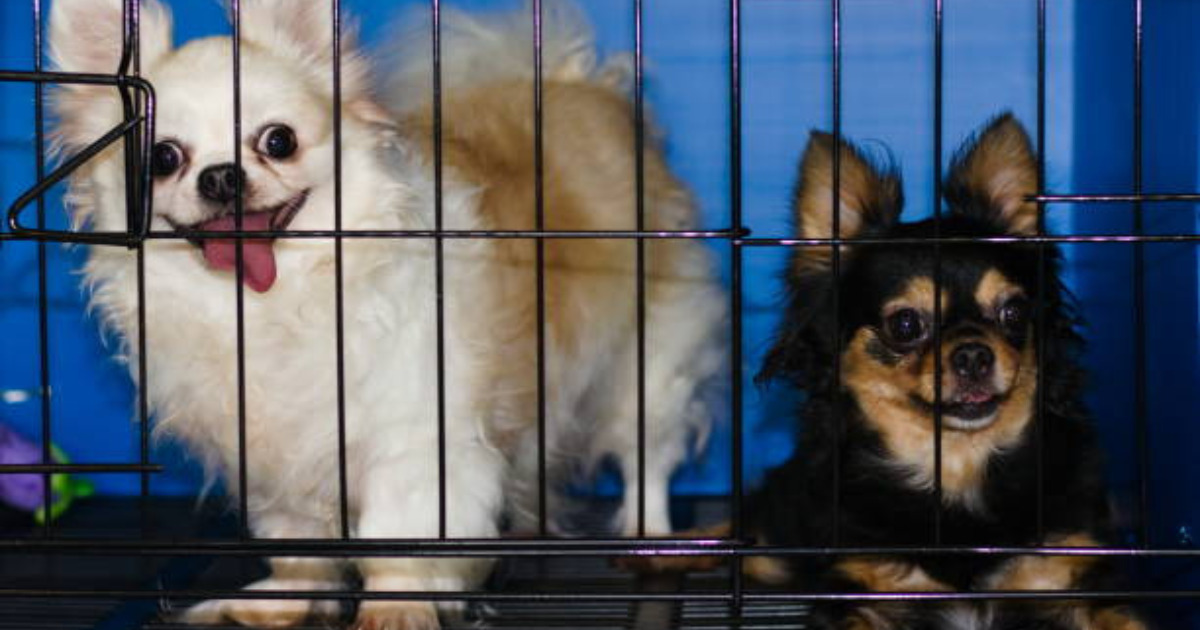One of the most adorable dog breeds that will melt your heart is the little Chihuahua. Although not in any way inferior to other breeds, Chihuahuas are in a category of their own. They are small in stature, but big in personality. They are audacious and unyielding, and they regard themselves as being just as strong as giant breed dogs.
But that doesn’t mean that Chihuahuas are naturally aggressive. It depends on how you train them in terms of how they react to situations and the behaviors they pick up. We sometimes treat small dogs differently than our giant breeds, which might unintentionally encourage aggressive behavior, especially in these breeds.
Here are 13 practical methods on How To Train An Aggressive chihuahua puppy or wish to stop these undesirable tendencies in your adult chihuahua:
What To Avoid While Dealing With An Aggressive Chihuahua
Therefore, I normally start by making advice, but with issues like aggression. The errors you could make while losing your temper can make your chihuahua behave worse.
Advertisement
Of course, having a new dog in the house can be stressful, and having a dog that is snapping and growling when you weren’t expecting it can be quite difficult. However, keep in mind that it is crucial to maintain your composure at this time.
Avoid the error of hitting, yelling at, or physically threatening your dog because this could cause the Chihuahua to believe that you are competing for the role of alpha. Instead of using locking your dog in a room as a punishment, take use of the situation to correct and teach him appropriate behavior.
Tip # 1 Get a Vet Check
Even with little dogs, aggression is a major problem that should not be ignored. You’ll need to invest a lot of time, energy, and patience in finding a solution, as well as seek out expert help.
When dealing with an aggressive chihuahua, the first thing you should do is arrange a visit for a comprehensive veterinary inspection.
Like people, dogs can become more irritable when they are hurt or otherwise feel wrong.
And these uncomfortable feelings can—and do—often lead to aggressive actions.
Training can’t help if your chihuahua dog is acting aggressively due to a health issue. This means that even if your dog isn’t displaying obvious signs of pain or discomfort. It’s still important to have him in for a physical test.
Tip # 2 Make Sure To Know The Difference Between Aggression and Reactivity
Although there are clear distinctions between the two actions, aggression and reactivity are occasionally mixed up or mistaken for one another.
Reactive dogs are those that react excessively to a variety of stimuli.
In the end, reactive dogs typically have high levels of sensitivity to their surroundings and different stimuli. Trauma, a lack of socialization as a puppy, or genetics may all contribute to this heightened sensitivity.
The following are a few of the most typical causes of reactive dogs:
- strange kids
- Other pets
- loud sounds
- scooters, bicycles, and baby strollers
However, practically anything can act as a trigger. While some dogs are triggered by a variety of stimuli, others are exclusively troubled by a certain kind.
It’s also vital to keep in mind that different dogs may react differently depending on the situation. For instance, many dogs grow agitated when walking on a leash, but they behave more normally when they are not attached in this way.
Because they behave aggressively when faced with a trigger that sets them off, reactive dogs may be referred to by others as “aggressive dogs.” However, as many owners of reactive dogs will notice when inside the security and comfort of their own home, they are frequently charming, cuddly love bugs.
Others choose to categorize a dog as aggressive when they are more or less constantly stressed and agitated, regardless of triggers, despite the fact that some people may use the phrase “aggressive dog” in regard to a reactive dog.
Some aggressive dogs exhibit hostile actions because they are generally fearful, agitated, frustrated, or in pain. They might not act aggressively in response to a clear-cut, obvious trigger. Instead, they can become hostile at any time.
To put it another way, although reactive dogs only become aggressive when exposed to their triggers, “generally aggressive” dogs experience ongoing discomfort.
Before starting a training program, it’s essential to determine which category your chihuahua belongs in as these issues may call for various training and management techniques.
For instance, desensitization training may help a reactive dog, whereas a dog with aggressiveness issues requires a more thorough approach. Prior to implementing training strategies, you must first determine what is causing the undesirable behavior in order to keep everyone happy and healthy.
Tip # 3 Identify and Avoid Your Chihuahua’s Triggers
Recognize and stay away from any triggers for your dog. Avoid taking your dog for a walk when there are many other dogs around or choose a park where there are fewer dogs. For instance, if your dog gets anxious when he sees other dogs.
At the absolute least, try to keep your dog’s triggers away from things like automobiles or shrubs.
Many owners make the error of believing that their dog needs to be corrected because it barks and lunges at other dogs. However, if your dog is given the chance to perform the undesirable behavior, it is really rewarded through repetition. The ideal approach is to keep your dog out of situations where he needs to respond and act aggressively in order to feel secure.
Tip # 4 Ensure Your Chihuahua Is Living His Best Life
Making sure your chihuahua is having the greatest possible life is one of the first steps you can take to help reduce some of his hostility.
This entails ensuring he consumes wholesome foods and gets plenty of physical and mental exercise. Do your best to look after your dog’s mental and emotional health while you wait for professional assistance because depression, frustration, and other similar feelings will only make things more difficult (indeed, in some circumstances they might even be a contributing factor in your dog’s hostility).
Frustration can lead to biting and aggressive actions, which are signs that your dog’s needs aren’t being addressed.
Tip # 5 Socialization Of Your Chihuahua
It’s possible that many dog owners are unaware that fear is a major factor in canine violence. When they interact with unfamiliar individuals or go through unfamiliar experiences, they lash out.
Due to this, it is essential to socialize your chihuahua puppy from a young age in order to help him overcome his fear of the unexpected. Don’t just carry him yourself; go outside and walk him around the block.
Let your little monster instead go on adventures. Allow your Chihuahua to interact with other dogs and people, and make sure all interactions are enjoyable so your dog learns that unfamiliar sounds and sights are meant to be enjoyable.
This ARTICLE MAY HELP: How to Socialize Your Chihuahua Puppy
Tip # 6 Set Yourself As the Pack Leader
The fact that Chihuahuas see themselves as the pack leaders and don’t respect and obey your directions is a common cause of canine violence.
Your dog may have started growling when you attempted to remove a toy or touched his food bowls. This is because they think it is their job as leaders to watch over and protect their property, and over time, the practice may give rise to additional aggressive behaviors.
So what might the answer to this issue be? It teaches your dog about leadership and how to assert its dominance. The best approach involves “food.”
Your chihuahua will recognize who the leader is and start to appreciate your authority as soon as he realizes that you are the one who decides whether to distribute food. To train your dog, make it a routine to only reward him with delicious dog food once he sits and waits for it.
Tip # 7 Set Rules
Dogs including chihuahuas want organization in their lives, therefore you should establish house rules. Don’t let your dog rule because the behavior could eventually escalate to aggression. The idea is to decide something clearly and then stick with it.
You can set these rules based on your tastes, like when food should be given, what furnishings your chihuahua is permitted to use, what items are theirs, and when playtime should occur. Without being harsh on your dog, enforce these guidelines with firmness and consistency. To teach your dog to respect boundaries and to comprehend them, use positive reinforcement approaches.
Tip # 8 Encourage Good Behavior
Praise and pamper your chi whenever he follows instructions or refrains from growling and snapping over something he used to. Every time your dog acts aggressively, you must tell him to stop, and when he does, make a point of giving your chihuahua goodies.
When your Chihuahua doesn’t follow instructions, you might need to be stern. Try not to be too harsh with him, but make sure you get your point across.
This Article May Help: 10 Ways to Reward Your Chihuahua for Good Behavior
Tip # 9 Learn Your Chihuahua Body Language
Humans mostly use speech to communicate. When someone’s remarks are upsetting us, we let them know. However, dogs do not enjoy this luxury! Dogs (and the majority of other animals) communicate significantly more through body language.
When we share our homes, these wildly dissimilar communication styles can cause a little bit of trouble. As humans, we frequently rely so heavily on verbal cues that we aren’t always aware of the more nuanced body language signals our dogs are emitting.
In order to better understand when our dog is unhappy, it is our responsibility as their guardians to become fluent in their language. Although dogs cannot speak English, we may learn to read their body language!
A dog typically gives plenty of warning before biting.
Therefore, the first thing you should do if you see any of the aforementioned indications or symptoms is to move back and allow your dog some room and time to unwind.
In order to aid in the solution, you need also to take note of what occurred before the change in body language. Avoid reacting or correcting your dog. This could make things worse and put you at needless risk.
Make sure to check out Understanding Your Chihuahua’s Body Language-Sounds And Movement
Tip # 10 Training is Very Important
It’s important to teach your dog the fundamental cues and commands. Even though aggressive dogs who believe they are the alpha can make this challenging, you can succeed with persistent effort. Even if your chihuahua has already received obedience training, a daily recall exercise will be beneficial.
Sit, stay, and come commands are helpful because they’ll help him refrain from attacking or intimidating any strangers. It is also essential to teach your dog to walk on a leash since it will help you position yourself as the dominant figure in the relationship and teach your chihuahua how to behave.
Tip # 11 Consider Professional Training
Because the causes and actions can differ so greatly, it is advisable to leave aggressive chihuahua training to professional trainers at least initially. In the end, it’s in your best interest to seek professional advice before attempting to train your dog yourself, particularly if you believe your chihuahua may harm someone.
If you can’t afford many hours of professional training, you should at least think about going to one or two so a specialist can give you advice on how to proceed on your own. This saves you and your dog from serious problems in the future and clarifies how to train an aggressive dog.
Another choice is to enroll in a reasonably priced online aggressive dog training course that will help you with a variety of problems and provide you with concrete methods to change your dog’s undesirable behavior.
Tip # 12 Think about spaying and neutering
The belief that dog aggression is related to neutering used to be widely accepted, and it’s probable that this idea was promoted in part to boost the number of spay and neuter procedures. Spaying or neutering may occasionally assist with hormone-based aggression, although more recent studies have shown that this isn’t usually the case.
It can be an easy and straightforward solution to deal with your chihuahua’s aggressive behaviors if your veterinarian and/or behaviorist advise having your dog spayed or neutered.
Make sure to read our article Chihuahua Spaying/Neutering.
Tip # 13 Give Your Chihuahua Space
When a new chihuahua puppy is brought home, its owner frequently goes to kiss and cuddle it before being horrified when the dog snaps or attacks them. But this should come as no surprise to anyone who is familiar with chihuahuas!
The majority of chihuahuas dislike being cuddled or kissed.
And whether they are resting peacefully in their crates or on their beds. The vast majority of dogs do not want to be smothered.
Take a step back if your dog is acting violently when you approach or console him. Your dog is requesting that you respect his personal space. Allow your dog to approach you for affection rather than approaching him yourself. Demonstrate to your dog that he can feel comfortable in your presence. Do it by using some of our methods for gaining a terrified dog’s trust.
Try to put yourself in your dog’s shoes. Would you enjoy it if someone jumped on you while you were asleep and gave you a full-body rubdown? Most likely not!
For all dogs, it’s important to respect their personal space. But a new dog in your home needs this respect even more. A newly adopted rescue or rehomed dog has probably seen a complete upheaval in his life. Give your dog a secure area where he can unwind and acclimate to his new environment. If your chihuahua dog has spent a lot of time in a shelter or wasn’t in a decent setting before. It could take weeks or even months for them to genuinely feel safe and at home in your company.
Last Word
Although chihuahua aggression can be frightening, you can overcome it with the right attitude, training, and professional behavior assistance. The majority of aggressive canine behaviors can be controlled and modified over time.
Do you own an aggressive chihuahua dog? Have you ever used any of the above-mentioned techniques in “How To Train An Aggressive Chihuahua”? Have you gotten in touch with an expert? Post your comments about your experiences!
YOU MAY ALSO LIKE:
How To Walk A Chihuahua That is Aggressive
Why Are Chihuahuas So Aggressive?
How to Calm Down a Hyper Chihuahua
How To Help Your Chihuahua Accept Your New Larger Dog
Advertisement

